
4 Square Graphic Organizer for Writing Paragraphs
- Subject:
- English Language Arts
- Material Type:
- Activity/Lab
- Author:
- studenthandouts.com
- Date Added:
- 12/05/2018

4 Square Graphic Organizer for Writing Paragraphs
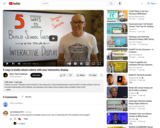
Culture is crucial. Teachers want to build it in the classroom. School administrators want to build it in their schools. How do we build relationships with students, set standards, and make school a place where students want to be?
The classroom is a good place to start. This video shares 5 ways to build school culture with your interactive display.
Samsung has a fantastic interactive display called the Samsung Interactive Pro. This is the tool being used in the video, but the same strategies can be used with any interactive display device.
Here are the 5 ways to build school culture with your interactive display:
#1 - Classroom Rules and Norms Brainstorming Session
#2 - Get to Know You Unboxing Video Activity
#3 - Create a Digital Appreciation Board
#4 - Create a Class Banner or Quilt
#5 - Do a Digital "What Do You Remember" Activity

Instructional expert Jim Knight visits Chris Korinek to observe his social science classroom. Chris and Jim discuss scaffolding techniques, and when to use closed versus open questions.

A few different options for updated versions of the KWL chart.
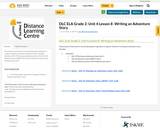
The purpose of this lesson is to provide graphic organizers to support students in writing an adventure story.
Included:
- Handouts:
HO-19 Planning an Adventure Story Unit 4
HO-20 Adventure Story DRAFT Unit 4
HO-21 Adventure Story Final-Polished Copy Unit 4
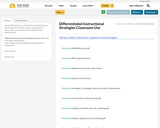
Various PDF Handouts on:
Choice Menus, Graphic Organizers, RAFTS, Cubing & Think Dots, Sample Centers, Literacy Stations, Measurement Choice Board, RAN Organizer, KWHLAW Chart
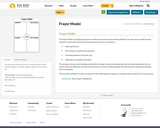
This document outlines the steps to using the Frayer Model graphic organizer. It includes a blank organizer for classroom use.
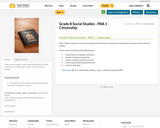
These student handouts contain good background information on the history of citizenship in Canada, as well as decision making.
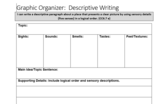
This graphic organizer helps writers to write a descriptive paragraph by focusing on sights, smells, tastes, sounds, and touch.

Options include:
Two-Circle Venn
Three-Circle Venn
Scale Timeline
Thought Web Cluster
Fact vs. Opinion
Five W's
Pros-Cons Flowchart
KWHL KWL
Idea Funnel Cycle
Scientific Method
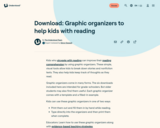
Graphic Organizers to Help Kids with Reading

Discover the essential ways to create effective mind maps.
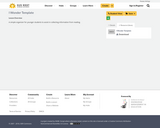
A simple organizer for younger students to assist in collecting information from reading.
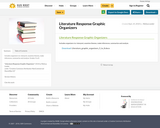
Includes organizers to: interpret, examine themes, make inferences, summarize and analyze.
Grades 5 to 8.

This resource includes the PeBL Logo and Infographic.
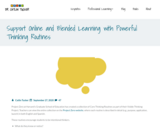
Project Zero at Harvard’s Graduate School of Education has created a collection of Core Thinking Routines as part of their Visible Thinking Project. Teachers can view the entire collection on the Project Zero website (https://pz.harvard.edu/thinking-routines#CoreThinkingRoutines), where each routine is described in detail (e.g., purpose, application, launch) in both English and Spanish.
These routines encourage students to be intentional thinkers.
What do they know or notice?
What is their perspective or position on an issue or idea?
How can they support their position or thinking?
What do they wonder? What are they confused about?
How has their thinking changed? What caused that change?
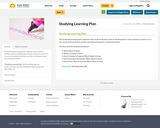
This studying/learning graphic organizer helps students develop a plan to deciding what to study and how to study it. It is a very structured format that used the chunking technique for sorting information.

"This printable is super simple (my favorite). It’s a summarizing graphic organizer with space for students to write notes about characters (“somebody”), conflict (“wanted” and “but”), rising action, climax and resolution (“so” and “then”). I’ve found that some of my students have a hard time condensing a story. They want to tell more than they need to for a summary. Encouraging them to follow this kind of statement helps limit them to only the most important ideas."
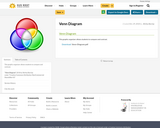
This graphic organizer allows students to compare and contrast.

Help your students think through how to get from “I can’t” to “I can try.”
This graphic organizer is compassionate way for you to help your students who feel stuck understand their resistance and make a plan to overcome it.